Gastroenterology
- Home
- Gastroenterology
Gastroenterology
The Department of Gastroenterology focuses on diagnosing and treating disorders of the gastrointestinal tract, including the stomach, intestines, liver, and pancreas. It handles diseases such as gastroesophageal reflux, Crohn’s disease, cirrhosis, and pancreatitis. Common procedures include endoscopy, colonoscopy,h liver biopsy, and treatments for gastrointestinal bleeding, strictures, and varices. Medkins Healthcare helps you access the leading Gastroenterology Department in India, guiding you to the right specialists and hospitals and providing continuous supports.
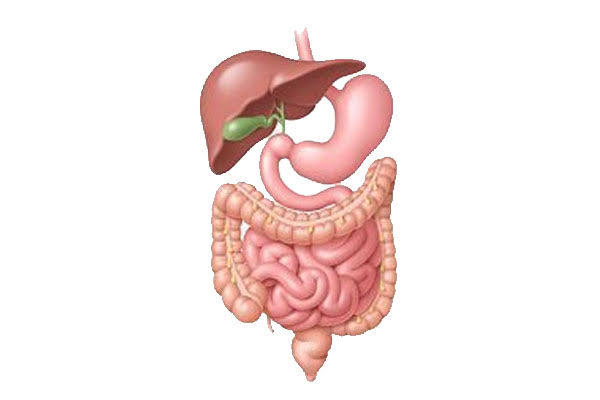
Diseases Treated in the Gastroenterology Department
- Gastrosophageal Reflux Disease (GERD): Chronic acid reflux where stomach acid frequently flows back into the esophagus, irritating the lining.
- Peptic Ulcer Disease: Sores or ulcers that develop in the lining of the stomach, small intestine, or esophagus, often caused by Helicobacter pylori infection or NSAID overuse.
- Liver Cirrhosis: Scarring (fibrosis) of the liver caused by long-term damage from conditions like alcohol abuse or hepatitis.
- Hepatitis (A, B, C, D, E): Inflammation of the liver caused by viral infections, toxins, alcohol, or autoimmune disorders.
- Non-Alcoholic Fatty Liver Disease (NAFLD): Accumulation of fat in the liver in individuals who consume little to no alcohol.
- Inflammatory Bowel Disease (IBD): Includes Crohn’s disease and ulcerative colitis, causing chronic inflammation of the digestive tract.
– Crohn’s Disease: Inflammation of the lining of the digestive tract, affecting any part from mouth to anus.
– Ulcerative Colitis: Inflammation and ulcers (sores) in the colon and rectum. - Irritable Bowel Syndrome (IBS): A functional bowel disorder causing abdominal pain, bloating, and altered bowel habits (constipation or diarrhea).
- Celiac Disease: Autoimmune disorder where ingestion of gluten leads to damage in the small intestine.
- Pancreatitis: Inflammation of the pancreas, either acute or chronic, often caused by gallstones or alcohol use.
- Cholangitis: Infection or inflammation of the bile ducts, often caused by a blockage such as gallstones.
- Gallstones: Hardened deposits of digestive fluid (bile) that can form in the gallbladder, causing pain and digestive issues.
- Hepatocellular Carcinoma: A type of liver cancer that commonly occurs in people with chronic liver diseases
- Esophageal Cancer: Malignant tumors in the esophagus that can cause difficulty in swallowing, weight loss, and pain.
- Gastric Cancer (Stomach Cancer): Cancer that forms in the lining of the stomach.
- Pancreatic Cancer: A malignancy of the pancreas, often detected at later stages due to a lack of early symptoms.
Conditions Treated in the Gastroenterology Department
- Lactose Intolerance: The inability to digest lactose, a sugar found in dairy products, leading to bloating, gas, and diarrhea.
- Constipation: Difficulty in passing stools, often accompanied by hard and dry stools.
- Diarrhea: Frequent, loose, and watery bowel movements.
- Hemorrhoids: Swollen veins in the lower rectum and anus, causing pain, itching, and sometimes bleeding.
- Diverticulosis: Small, bulging pouches (diverticula) that form in the digestive tract, particularly in the colon.
- Diverticulitis: Inflammation or infection of diverticula, leading to severe abdominal pain, fever, and digestive disturbances.
- Jaundice: Yellowing of the skin and eyes caused by elevated levels of bilirubin due to liver dysfunction.
- Ascites: Accumulation of fluid in the abdominal cavity, often associated with liver disease such as cirrhosis.
- Esophageal Varices: Enlarged veins in the lower esophagus, often caused by obstructed blood flow through the liver due to cirrhosis, increasing the risk of bleeding.
- Gastrointestinal (GI) Bleeding: Bleeding anywhere along the digestive tract, presenting as vomit with blood or blood in theY stool.
Procedures and Surgeries Performed in the Gastroenterology Department
- Upper GI Endoscopy (Esophagogastroduodenoscopy – EGD): A procedure to visually examine the upper digestive system, including the esophagus, stomach, and duodenum, using a flexible tube with a camera.
- Colonoscopy: Examination of the colon and rectum using a camera to detect polyps, cancer, or other abnormalities.
- Capsule Endoscopy: Swallowing a small, pill-sized camera to examine the small intestine where a standard endoscopy can’t reach.
- Endoscopic Retrograde Cholangiopancreatography (ERCP): A procedure combining endoscopy and X-ray to diagnose and treat bile or pancreatic duct problems.
- Sigmoidoscopy: Examination of the sigmoid colon (lower part of the colon) using a flexible camera tube.
- Liver Biopsy: Removal of a small piece of liver tissue for examination to diagnose liver diseases, such as cirrhosis or cancer.
- Paracentesis: Removal of fluid from the abdominal cavity (ascites) for diagnostic or therapeutic purposes.
- Polypectomy: Removal of polyps (small growths) from the inner lining of the colon or rectum during a colonoscopy.
- Endoscopic Ultrasound (EUS): A combination of endoscopy and ultrasound to obtain images of the digestive tract and nearby organs like the pancreas.
- Liver Transplant: Surgical procedure to replace a diseased liver with a healthy liver from a donor.
- Cholecystectomy: Surgical removal of the gallbladder, often due to gallstones.
- Hemorrhoid Banding: A procedure to treat internal hemorrhoids by placing a rubber band around the base to cut off circulation, causing the hemorrhoid to shrink.
- Barium Swallow / Enema: Diagnostic tests where a barium solution is ingested or introduced into the rectum to provide contrast on X-rays of the digestive tract.
- Esophageal Dilation: A procedure to widen a narrowed esophagus due to scarring or strictures.
- Variceal Band Ligation: A procedure to place bands around enlarged veins (varices) in the esophagus to prevent bleeding.
- Achalasia Dilatation: Procedure to widen the lower esophageal sphincter (LES) for patients with achalasia, a condition where the LES fails to relax properly.
- Hepatic Portal Vein Embolization (PVE): A pre-surgical procedure to block blood flow to parts of the liver, promoting growth in the remaining liver before surgery.
Our Focused Specialties
Multi-Specialty Care Hub
Discover India’s diverse multi-specialty health departments and treatments. We’re dedicated to ensuring a healthier tomorrow, navigating the dynamic realm of Indian healthcare. Our wide range of specialties includes top-notch hospitals, selected based on quality and healthcare facilities. Join us for a personalized journey to optimal health and wellness.
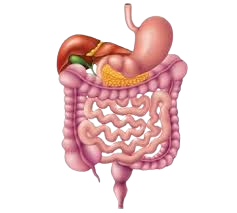
Gastro-intestine
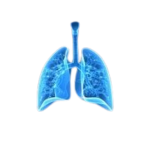
Pulmonology

Ophthalmology
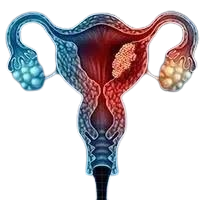
Gynaecology
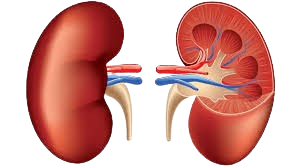
Nephrology
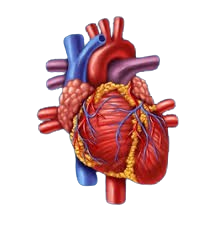
Cardiac
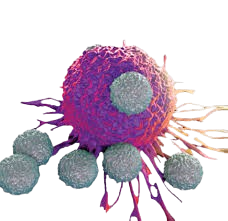
Hematology
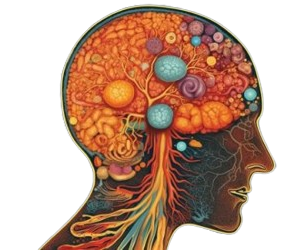
Neurology
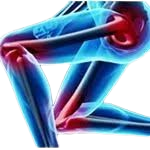
Bone & Joint
Looking for an expert !
Our Healthcare is home to some of the eminent doctors in the world

Dr Rajesh Sharma

Dr Sandeep Vaishya

Dr Sandeep Vaishya
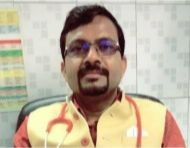
Dr Rajesh Sharma

Dr Rajesh Sharma
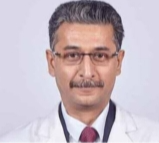
Dr Sandeep Vaishya
Easy Access Links
- International Patients
- We & Why
- Core Specialites
- Common Procedures
- Hospitals
- Doctors
- Treatment Locations
- Way To Healing
- Wise to ask before
- Comfort and Satisfaction
Contact For Query

